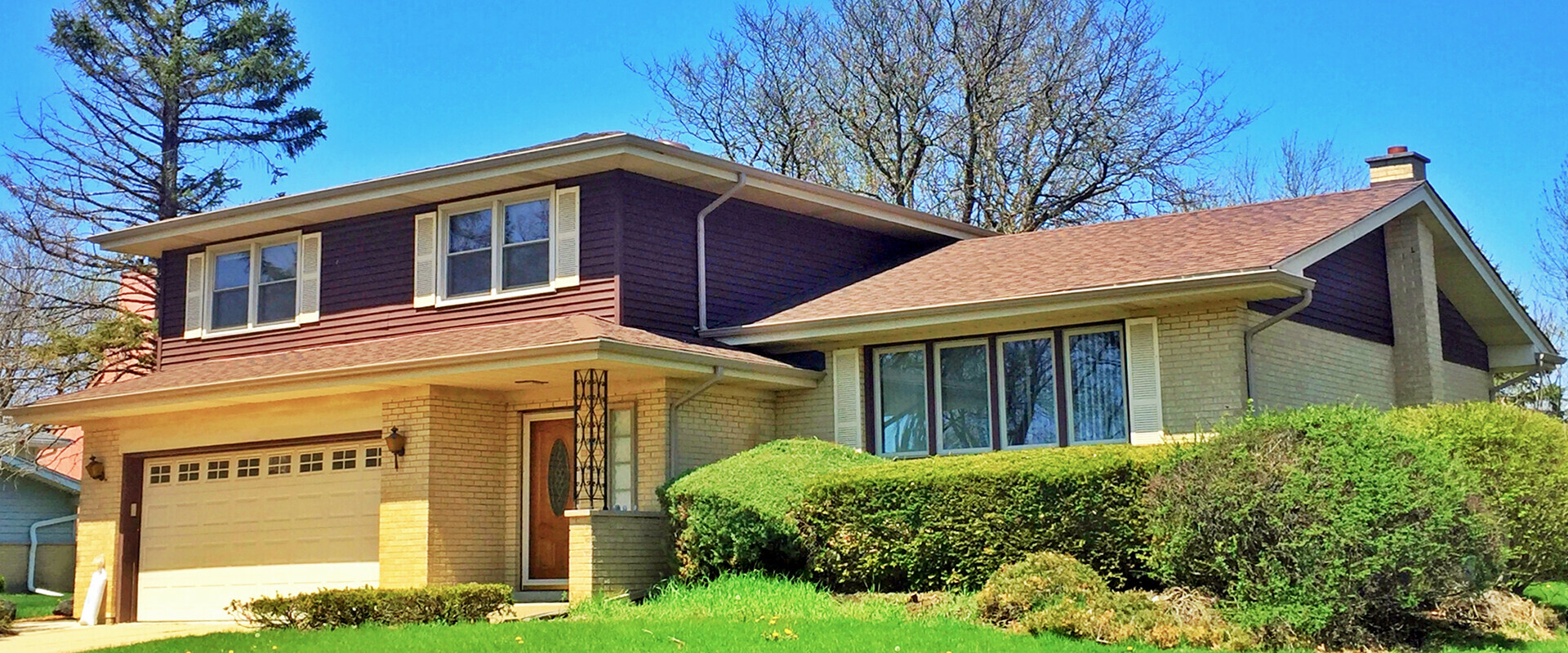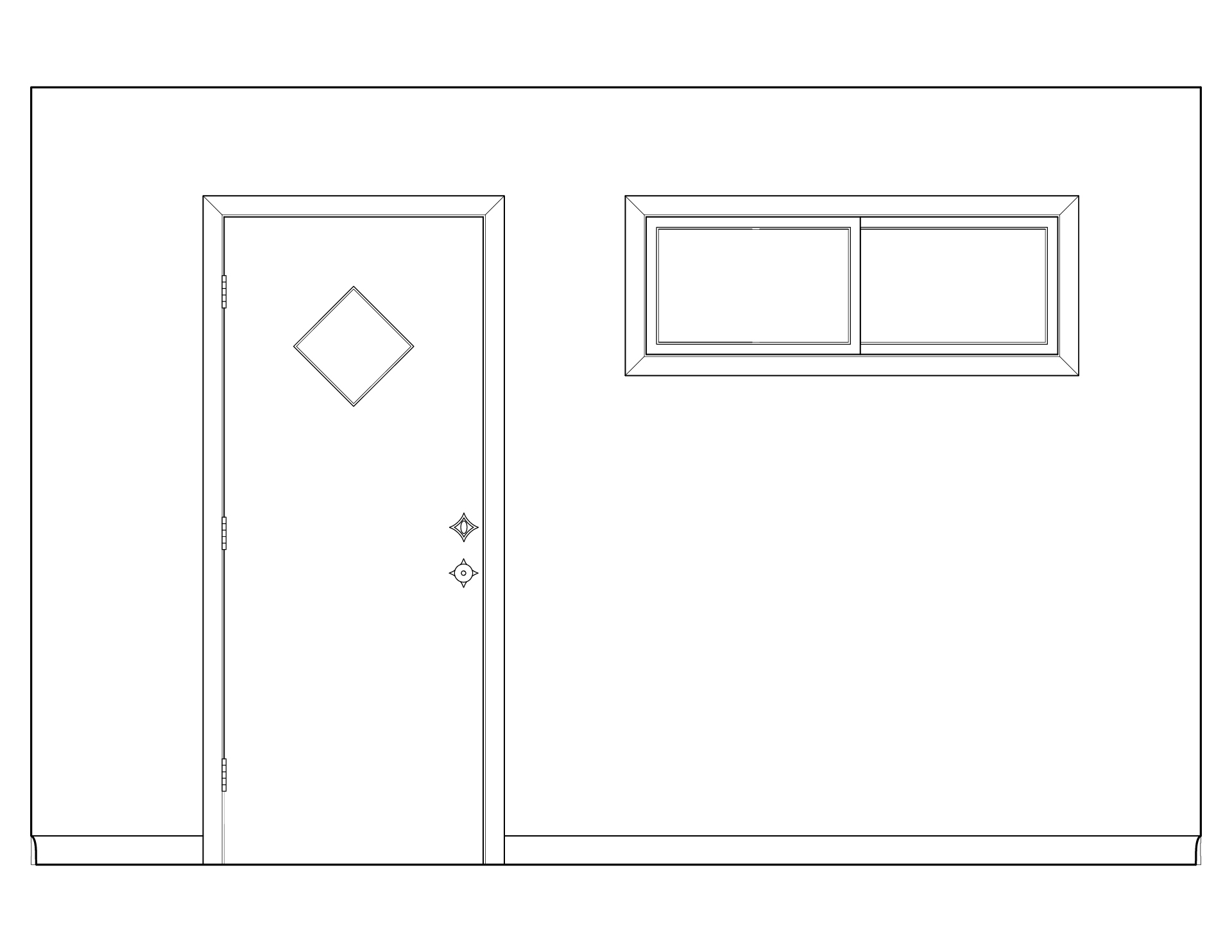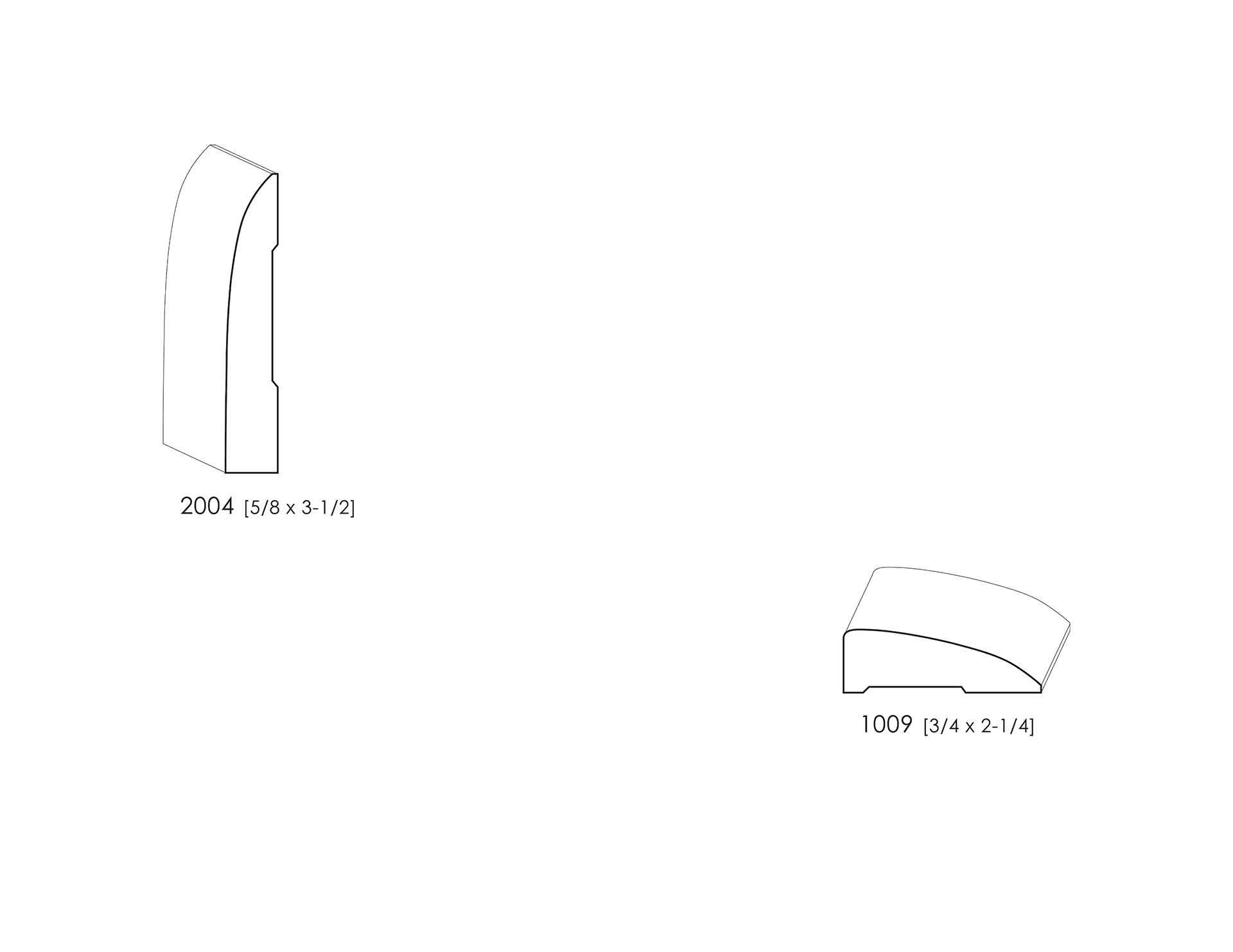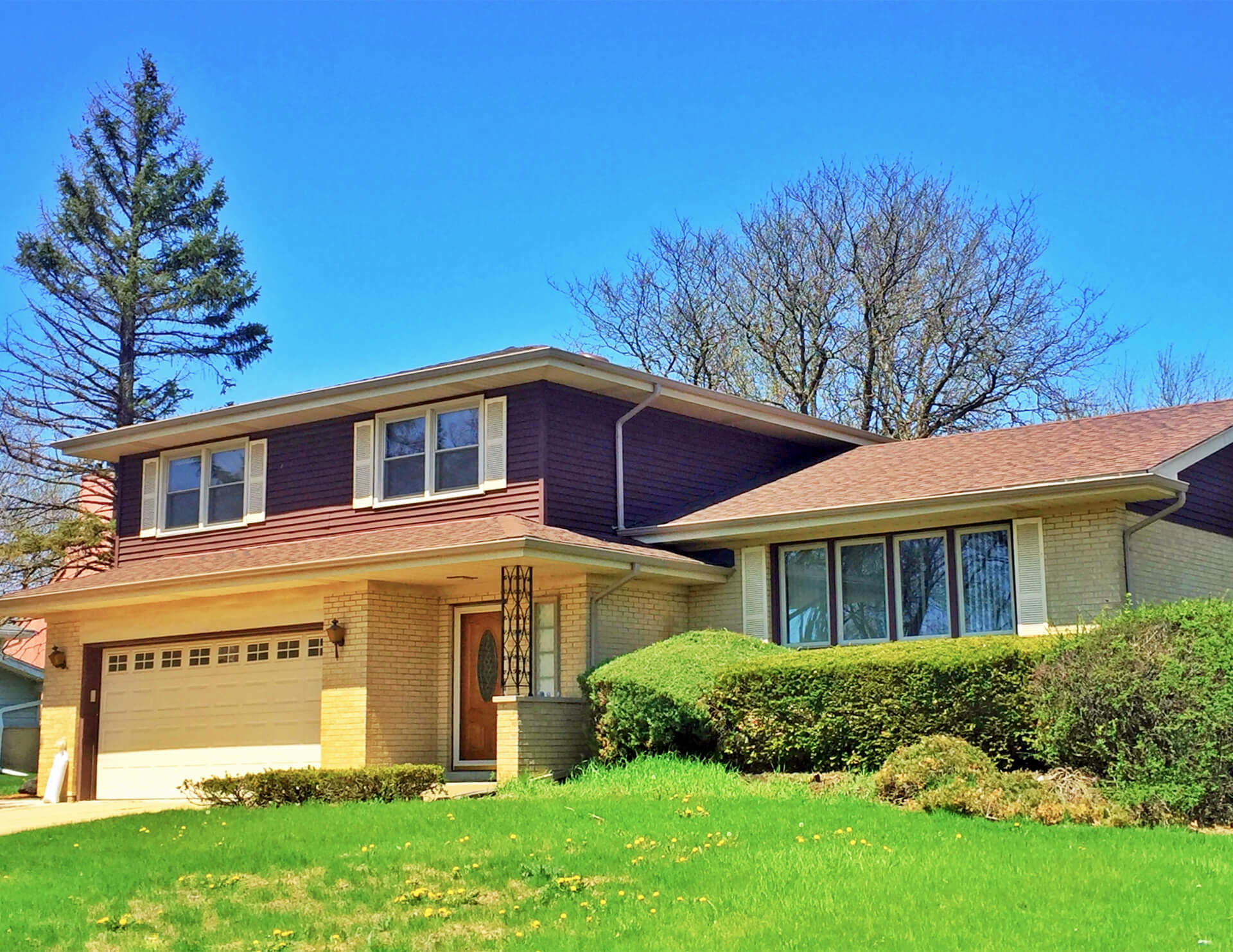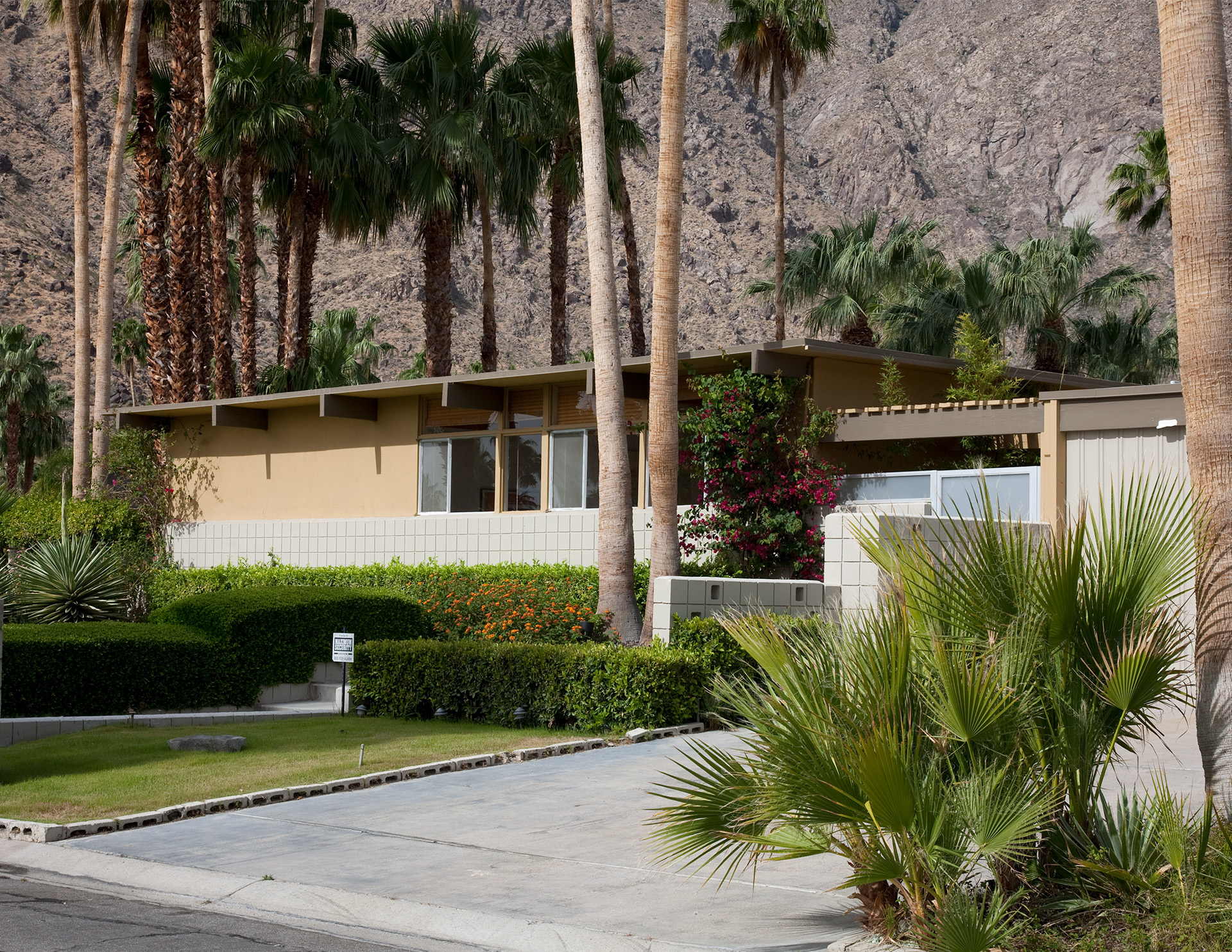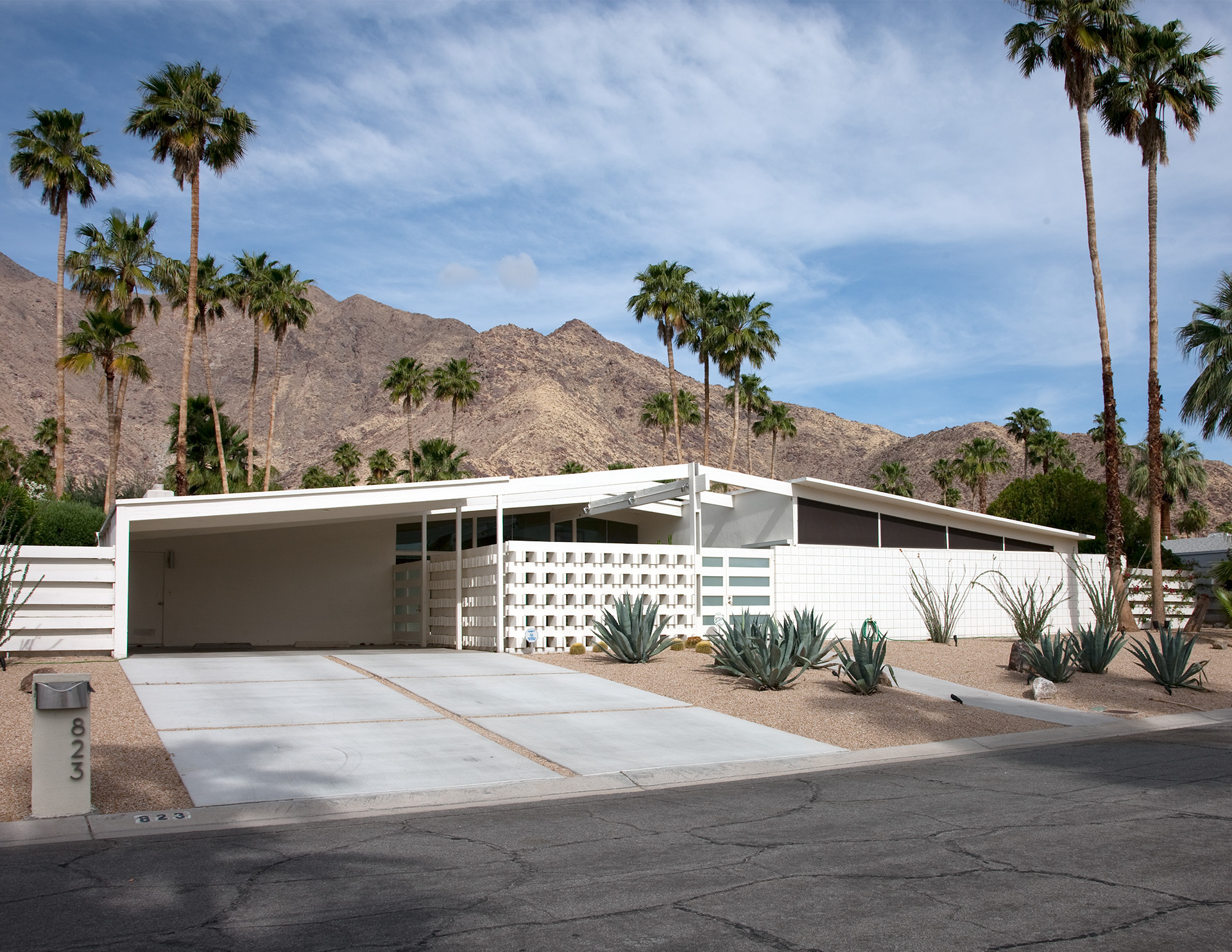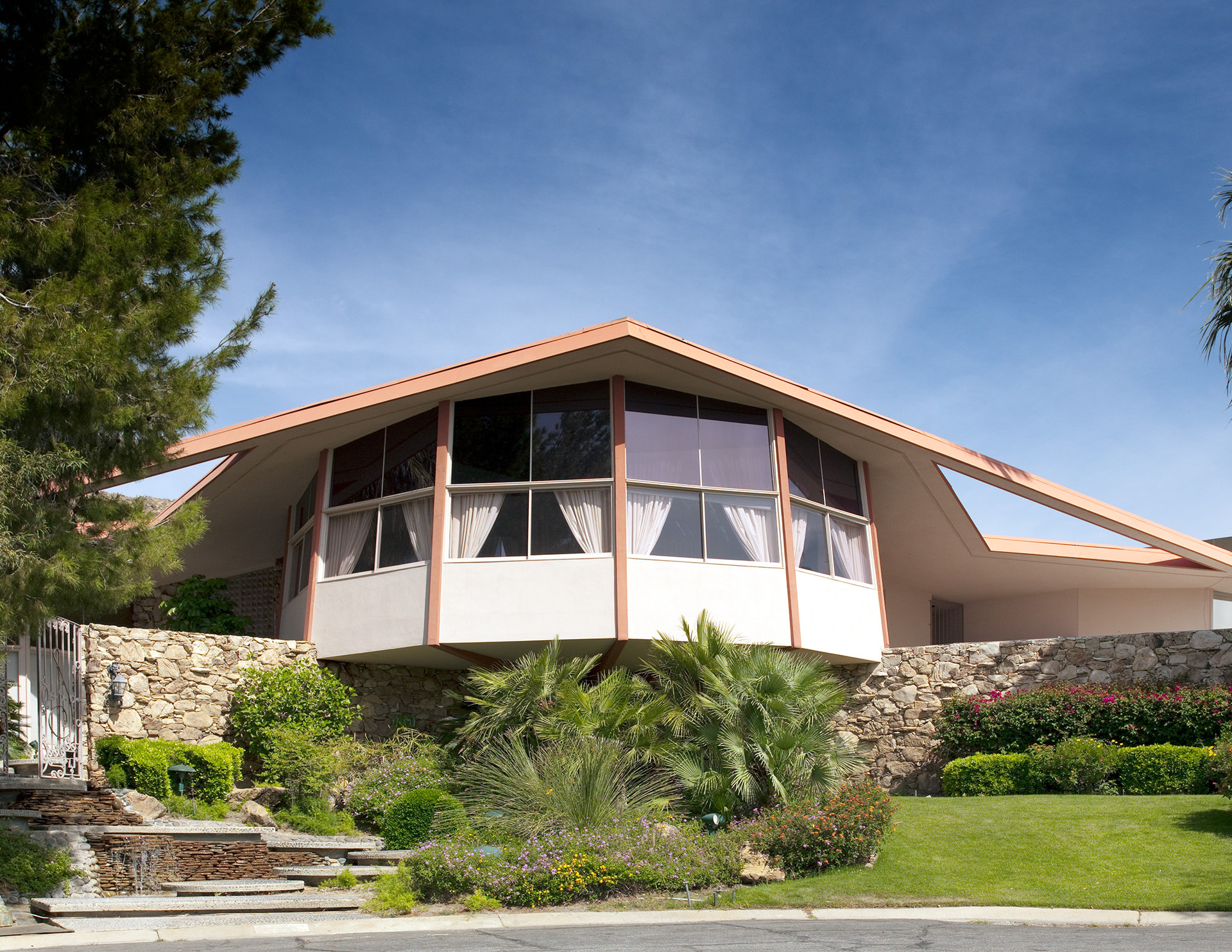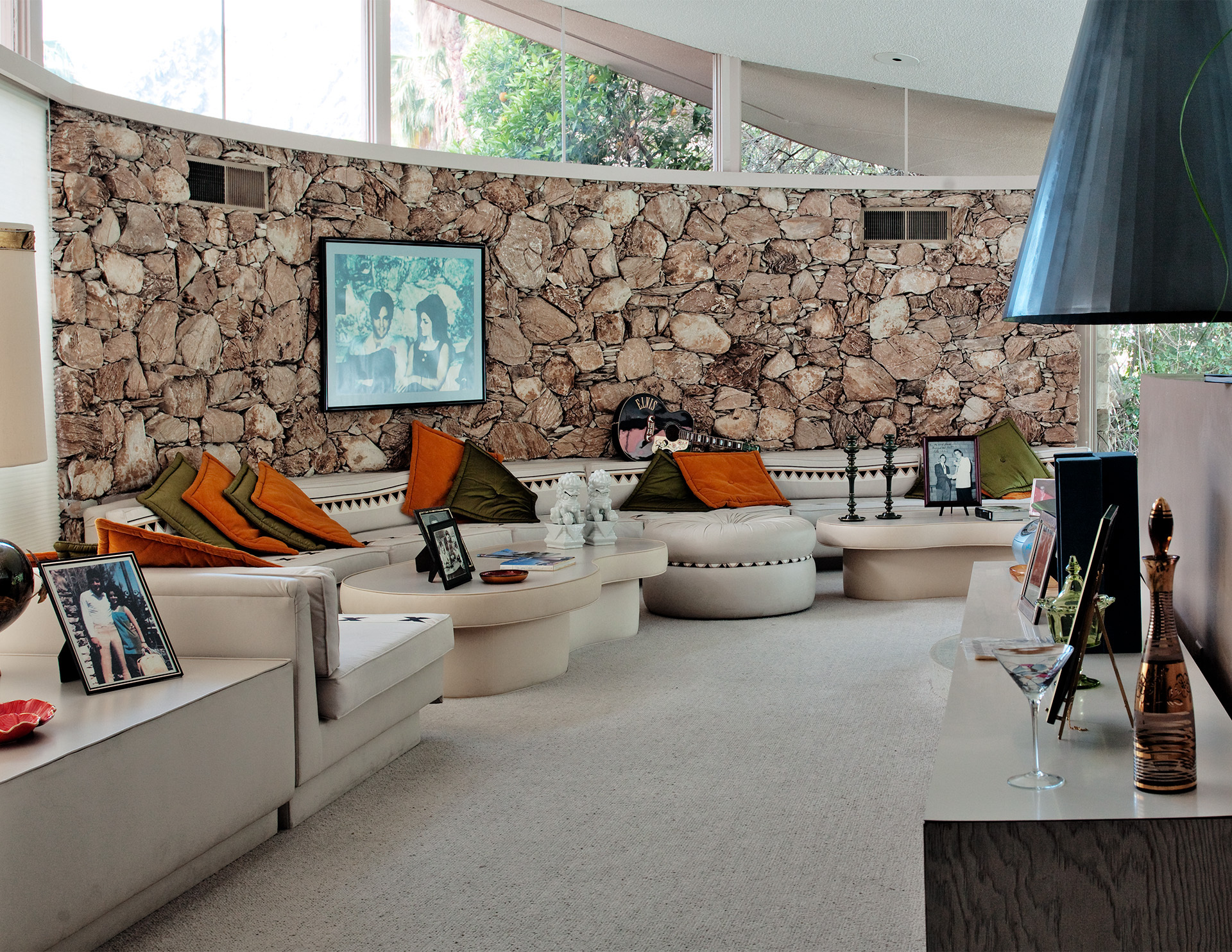WHAT IS MID-CENTURY MODERN ARCHITECTURE?
Recognized by scholars and museums worldwide as a significant design movement, Mid-Century modern is an architectural, interior and product design form that generally describes mid-20th century developments in modern design, architecture, and urban development from roughly 1933 to 1965.
FEATURES OF MID-CENTURY MODERN HOMES
Mid-Century Modern architecture emphasized creating structures with ample windows and open floor-plans, with the intention of opening up interior spaces and bringing the outdoors in. Mid-Century Modern homes usually contain these defining features:
- Flat planes and roofs
- Angular details
- Little to no ornamentation
- Large windows that let in a lot of natural light
- Multiple levels/split levels
Overall, mid-century modern architecture seeks to connect homeowners with nature. Many architects working in this style try to create a look that blends with the natural landscape surrounding the home. See examples of Mid-Century Modern architecture.
MID-CENTURY MODERN STYLE MOULDINGS
Mid-Century Modern style mouldings are characterized by clean lines and simple shapes similar to the moulding designs shown below.
HISTORY OF MID-CENTURY MODERN STYLE
Mid-Century Modern style developed in the post-World War II era. Using innovative materials like steel, aluminum, and stucco, this style emphasized a futuristic look that broke with the classical styles that previously dominated American architecture. Function was also prioritized.
Architects who fled Nazi Germany, such as Ludwig Mies van der Rohe and Marcel Breuer, were major influences, as well as John Lautner and Frank Lloyd Wright.
Mid-Century Modern architecture remains a popular style in America today and can be seen across the country. It is especially prominent in California, particularly San Diego, Palm Springs, and Beverly Hills.
